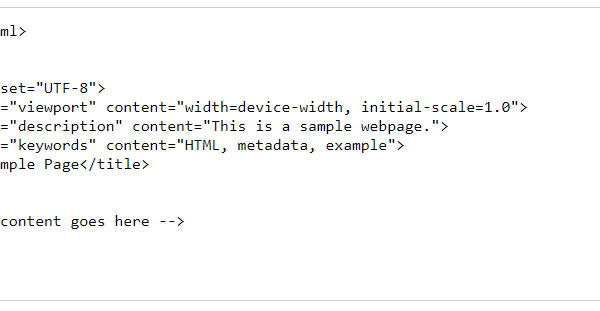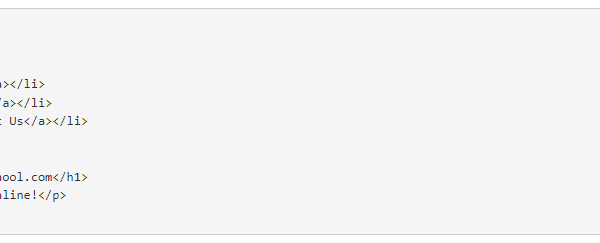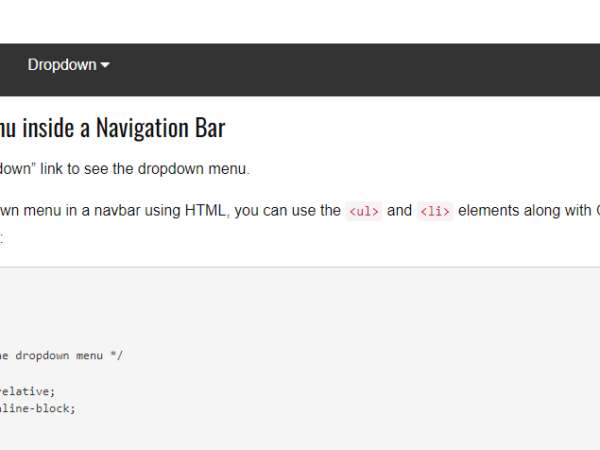How to redirect HTTP to HTTPS
How to redirect HTTP to HTTPS Using .htaccess

Chrome and Firefox have started showing insecure warnings on sites without SSL certificates. Without SSL, your website will show insecure to the visitors. Therefore, using an SSL-encrypted connection for safety, accessibility or PCI compliance reasons is necessary. It becomes very important to redirect from HTTP to HTTPS.
What is SSL?
SSL stands for Secure Sockets Layer. It was one of the early protocols developed for secure communication over the internet. SSL provides a secure and encrypted connection between a client and a server, ensuring that data transmitted between them remains confidential and cannot be intercepted or tampered with by unauthorized parties.
SSL uses a combination of cryptographic algorithms to establish an encrypted connection. When a client (such as a web browser) initiates a connection with a server that supports SSL, they go through a process called the SSL handshake. During the handshake, the client and server exchange information and negotiate the encryption parameters for the session.
Once the SSL handshake is complete, a secure connection is established, and data exchanged between the client and server is encrypted using symmetric encryption. This means that even if someone manages to intercept the data, they cannot understand its contents without the encryption key.
SSL has been widely used for securing sensitive information, such as credit card details, login credentials, and personal information, transmitted over the internet. However, it has been succeeded by the newer Transport Layer Security (TLS) protocol, which is an enhanced version of SSL. TLS is backward-compatible with SSL, and the terms “SSL” and “TLS” are often used interchangeably in practice.
It’s worth noting that SSL/TLS is primarily used for securing the connection between a client (e.g., a web browser) and a server. It does not guarantee the security of the server or the application running on it. Additional security measures and best practices need to be implemented to ensure the overall security of the server and the data it holds.
Why SSL is Critical?
SSL (Secure Sockets Layer) or its successor TLS (Transport Layer Security) is critical for several reasons:
- Confidentiality: SSL ensures the confidentiality of data transmitted over the internet. By encrypting the communication between a client and a server, SSL prevents unauthorized parties from intercepting and understanding the content of the data. This is crucial when transmitting sensitive information such as credit card details, login credentials, or personal data.
- Data Integrity: SSL provides data integrity, ensuring that the information exchanged between the client and server remains intact and unaltered during transmission. Through the use of cryptographic algorithms, SSL verifies that the data received at the destination is the same as the data sent by the source. This helps to prevent data tampering or modification by malicious entities.
- Authentication: SSL supports server authentication, which allows clients to verify the identity of the server they are communicating with. When a server presents an SSL certificate signed by a trusted certificate authority (CA), the client can be confident that they are connecting to the legitimate server and not an impostor. This helps prevent man-in-the-middle attacks where an attacker intercepts the communication and poses as the server.
- Trust and Confidence: SSL helps establish trust and confidence between users and websites or online services. When users see the padlock icon or the “https://” prefix in their browser’s address bar, it indicates that the connection is secured with SSL/TLS. This visual indicator reassures users that their interactions are protected, which is particularly important for e-commerce websites, online banking, or any site that deals with sensitive information.
- Regulatory Compliance: SSL/TLS is often a requirement for compliance with various industry standards and regulations. For example, the Payment Card Industry Data Security Standard (PCI DSS) mandates the use of SSL/TLS to protect credit card data during transmission. Compliance with such standards is crucial for businesses that handle sensitive customer information to avoid penalties and maintain customer trust.
Overall, SSL is critical because it provides encryption, data integrity, authentication, and establishes trust in online communications. By implementing SSL/TLS, organizations can enhance the security of their online services and protect sensitive data, fostering a safer environment for users.
In order to force your web traffic to use HTTPS, edit the codes in the .htaccess file.
Before we move onto redirecting HTTP to HTTPS, here’s how you can edit .htaccess file. If you already know skip to Redirection steps.
Editing .htaccess File
There are instructions/directives in the .htaccess file that tell the server how to act in certain scenarios and directly affects how your website functions. Common directives in .htaccess file:
- Redirects
- Rewriting URLs
Ways to edit an .htaccess file:
- Edit the file on your computer and upload it to the server using FTP.
- Use “Edit” mode in FTP program that allows you to edit a file remotely.
- Use a text editor and SSH to edit the file.
- Use the File Manager in cPanel to edit the file.
Editing .htaccess in cPanel File Manager
- Login to cPanel
- Files > File Manager > Document Root for:
- Now select the domain name you want to access
- Check “Show Hidden Files (dotfiles)”
- Click “Go”
- After a new tab or window opens, look for the .htaccess file.
- Right click on the .htaccess file and click on “Code Edit” on the menu.
- A dialogue box may pop up asking about encoding. Click “Edit” button to continue.
- Edit the file
- “Save Changes” when done.
- Test your website to make sure it is done correctly. In case, there is an error, restore to the previous version and try again.
- Once you are done, click “Close” to close the window.
Redirecting HTTP to HTTPS
- Redirect All Web Traffic
If you have existing code in your .htaccess, add the following:
RewriteEngine On
RewriteCond %{SERVER_PORT} 80
RewriteRule ^(.*)$ https://www.yourdomain.com/$1 [R,L]- Redirect Only a Specific Domain
For redirecting a specific domain to use HTTPS, add the following:
RewriteEngine On
RewriteCond %{HTTP_HOST} ^yourdomain\.com [NC]
RewriteCond %{SERVER_PORT} 80
RewriteRule ^(.*)$ https://www.yourdomain.com/$1 [R,L]- Redirect Only a Specific Folder
Redirecting to HTTPS on a specific folder, add the following:
RewriteEngine On
RewriteCond %{SERVER_PORT} 80
RewriteCond %{REQUEST_URI} folder
RewriteRule ^(.*)$ https://www.yourdomain.com/folder/$1 [R,L]Note: Replace “yourdomain” with your actual domain name wherever required. Also, in case of the folder, replace /folder with the actual folder name.
HTTP to HTTPS redirect refers to the process of automatically redirecting a user’s request from an insecure HTTP connection to a secure HTTPS connection. This redirection is important for several reasons:
- Security: HTTPS utilizes SSL/TLS encryption to secure the communication between the client and the server. By redirecting from HTTP to HTTPS, you ensure that sensitive information, such as login credentials or financial data, is transmitted securely, reducing the risk of eavesdropping, tampering, or data interception.
- Data Integrity: HTTPS ensures the integrity of data during transmission. By redirecting to HTTPS, you prevent attackers from modifying the content of the communication, as SSL/TLS verifies the integrity of the data exchanged between the client and server.
- Trust and User Confidence: Users have come to associate HTTPS with secure and trustworthy websites. When a user sees the padlock icon and “https://” in the browser’s address bar, it instills confidence that their connection is encrypted and their data is protected. By redirecting to HTTPS, you provide a positive user experience and build trust with your visitors.
To implement an HTTP to HTTPS redirect, you typically need to configure your web server or website to automatically redirect incoming HTTP requests to the corresponding HTTPS URL. This can usually be achieved through server-side configurations or using code directives.
For example, if you’re using the Apache HTTP Server, you can add the following code to your .htaccess file:
RewriteEngine On
RewriteCond %{HTTPS} !=on
RewriteRule ^ https://%{HTTP_HOST}%{REQUEST_URI} [L,R=301]
This code checks if the incoming request is not using HTTPS and redirects it to the HTTPS version of the URL.
Similarly, other web servers like Nginx or IIS have their own configuration mechanisms for performing the redirect.
It’s important to note that implementing the redirect requires an SSL/TLS certificate to be installed on the server to enable HTTPS. Without a valid certificate, the redirect will not work, and users may encounter warnings or errors when attempting to access your website.
Think it was helpful? Share this article to help others come on HTTPS.






